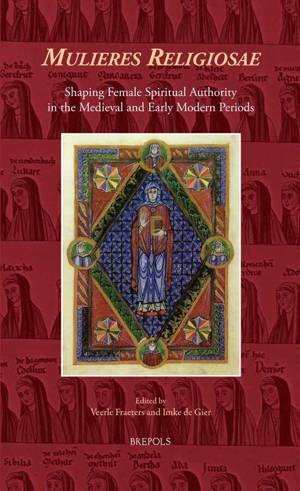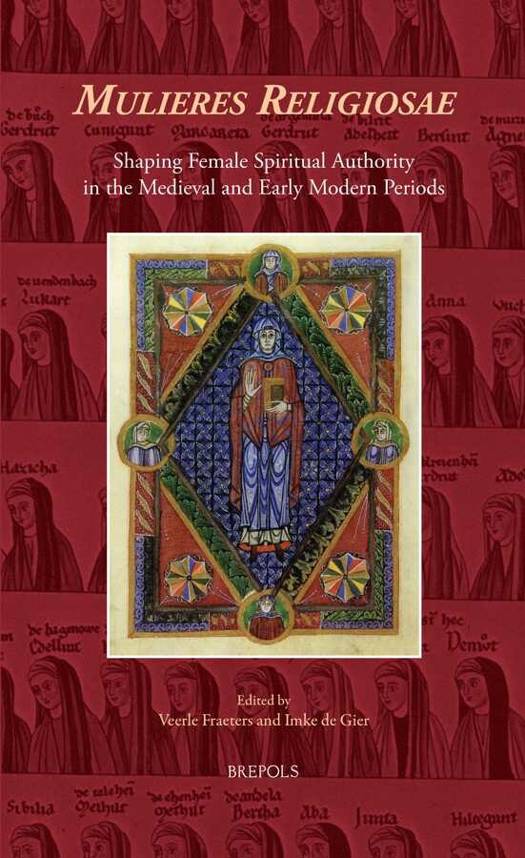
- Afhalen na 1 uur in een winkel met voorraad
- Gratis thuislevering in België vanaf € 30
- Ruim aanbod met 7 miljoen producten
- Afhalen na 1 uur in een winkel met voorraad
- Gratis thuislevering in België vanaf € 30
- Ruim aanbod met 7 miljoen producten
Zoeken
Mulieres Religiosae
Shaping Female Spiritual Authority in the Medieval and Early Modern Periods
Veerle Fraeters
€ 116,60
+ 233 punten
Omschrijving
Traditionally women were denied access to positions of official religious authority within Christianity and were therefore compelled to explore other avenues to acquire and express spiritual leadership. Through twelve case studies covering different regions in Europe, this volume considers the nuances of what constituted female spiritual authority, how it was acquired and manifested by religious women, and how it evolved from the high Middle Ages to the Early Modern period. Whilst current scholarship often emphasizes binaries within the fields of gender and religious authority, this volume examines the manifestation of female religious authority in its multiple facets. It looks both at individuals displaying exceptional forms of agency such as prophesying, as well as more commonplace, communal activities such as letter-writing and music-making. By taking into account the pervasiveness of spirituality in society as a whole in the Pre-Modern era, this collection of essays renegotiates the relationship between the spiritual and the social domain. Through the chronological organization of the contributions insight is gained into the changes in the means and forms female religious authority could take between 1150 and 1750. The narrative is clearly impacted by late medieval enclosure policies and by changing modes of spirituality. Whereas women in the earlier period tended to represent themselves as a door through which God could advance towards mankind, later on they functioned more frequently as a portal through which others could advance towards God.
Specificaties
Betrokkenen
- Auteur(s):
- Uitgeverij:
Inhoud
- Aantal bladzijden:
- 311
- Taal:
- Engels
- Reeks:
- Reeksnummer:
- nr. 12
Eigenschappen
- Productcode (EAN):
- 9782503549125
- Verschijningsdatum:
- 3/09/2014
- Uitvoering:
- Hardcover
- Formaat:
- Genaaid
- Afmetingen:
- 163 mm x 239 mm
- Gewicht:
- 703 g

Alleen bij Standaard Boekhandel
+ 233 punten op je klantenkaart van Standaard Boekhandel
Beoordelingen
We publiceren alleen reviews die voldoen aan de voorwaarden voor reviews. Bekijk onze voorwaarden voor reviews.











